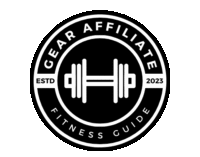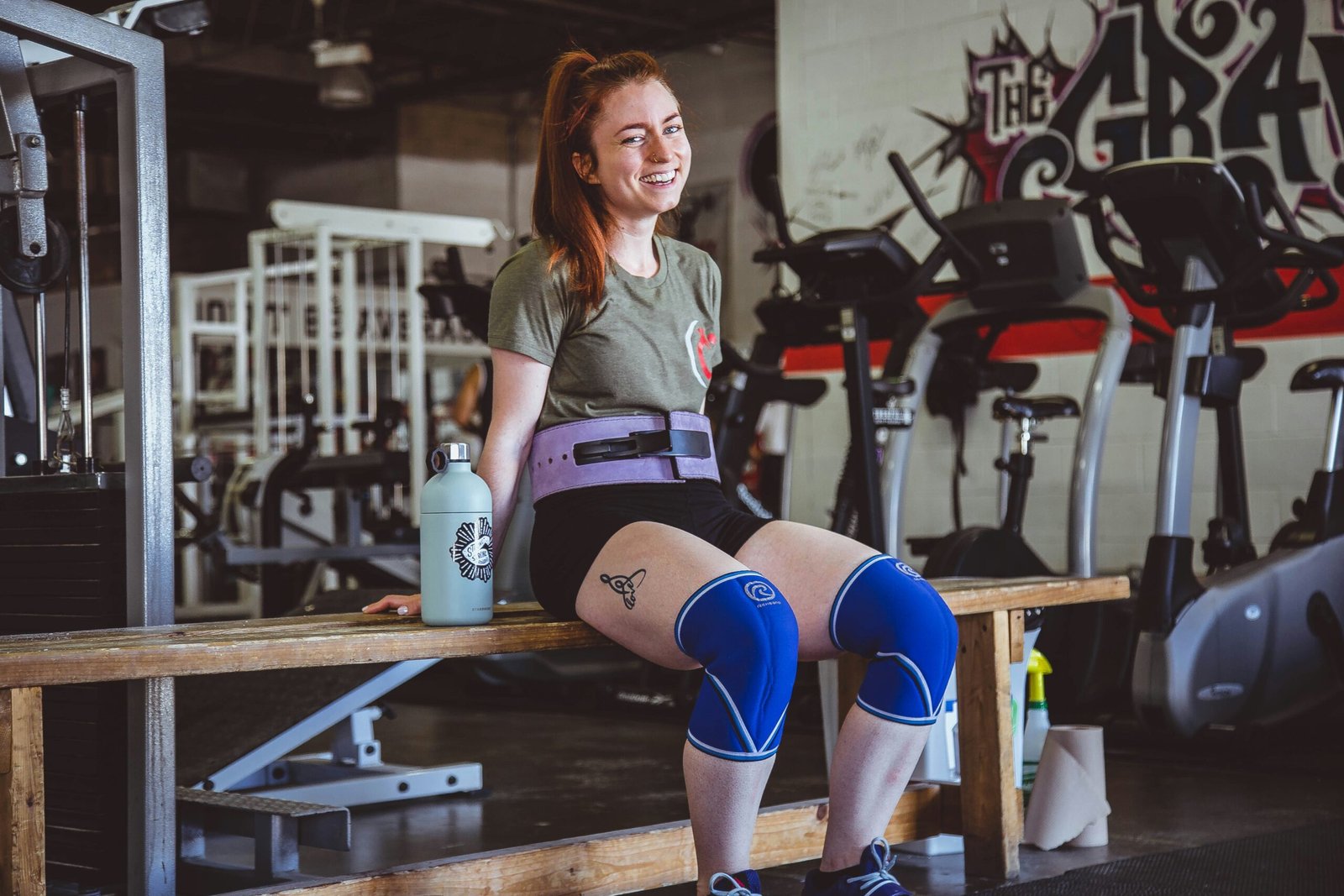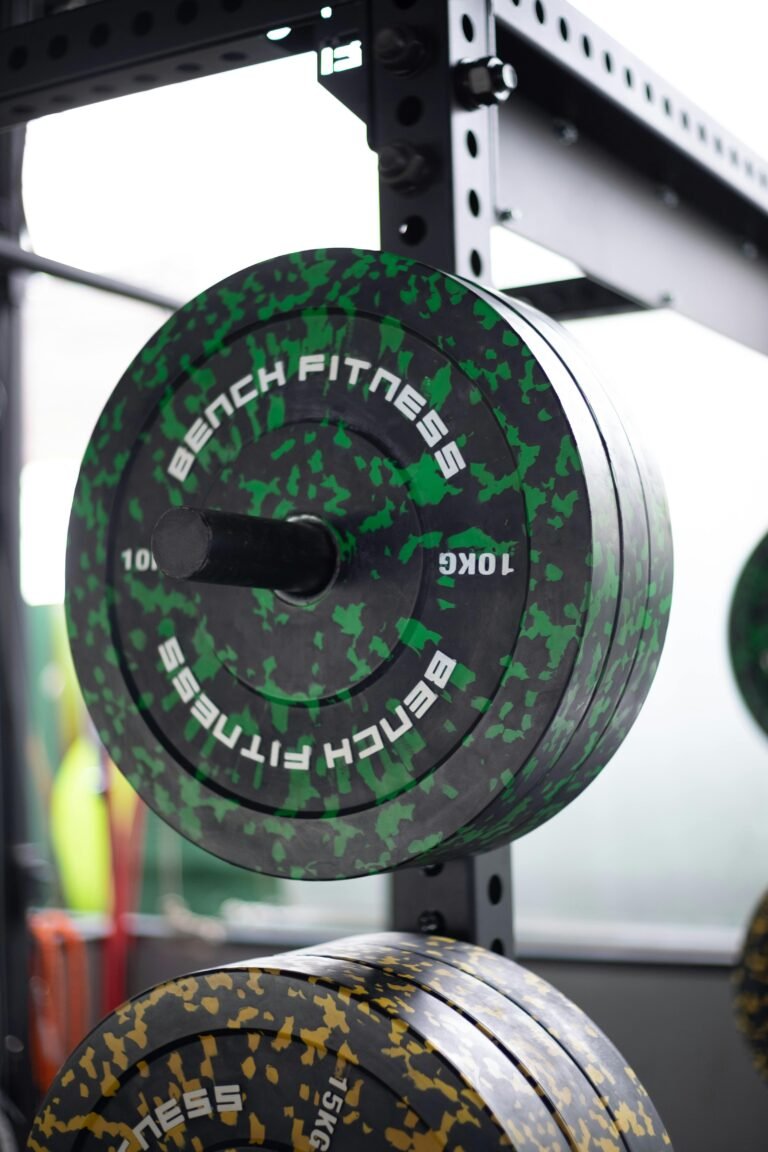Hey there! Just a heads up—this post contains affiliate links. If you click through and make a purchase, we may earn a small commission at no extra cost to you. Thanks for supporting the site and helping us keep the content coming!

How Long Should You Rest Between Sets?
How Long Should You Rest Between Sets? A Guide for Strength, Size, and Endurance
- How Long Should You Rest Between Sets?
- Introduction: Why Rest Periods Matter More Than You Think
- 💪 Training for Strength: Take Your Time
- 🏋️♂️ Training for Hypertrophy: The Sweet Spot for Muscle Growth
- Training for Endurance: Keep It Moving
- Special Cases: Supersets, Circuits, and Real Life
- The Science Behind Rest Timing
- Quick Reference Table
- Final Takeaways: Don’t Wing It — Plan It
Introduction: Why Rest Periods Matter More Than You Think
Resting between sets might seem like downtime, but it’s actually a powerful tool that shapes your results in the gym. Whether you’re chasing PRs on the bench press, looking to build muscle, or trying to boost endurance, your rest time plays a direct role in how your body adapts to the training stress. Yet, most lifters either overlook it entirely or stick to a one-size-fits-all approach.
This guide breaks down how long you should rest between sets based on your specific goal: strength, hypertrophy (muscle growth), or muscular endurance — plus how to adjust rest for circuits, supersets, and real-life training situations.
💪 Training for Strength: Take Your Time
Ideal Rest Time: 2 to 5 minutes between sets
Best for: Powerlifters, Olympic lifters, and athletes focusing on low-rep, high-load work.
When you’re lifting heavy — think 1 to 5 reps per set at 80–95%+ of your 1RM — your nervous system needs time to recover so you can hit those loads again with good form and full effort. This isn’t just about muscles; it’s about letting your central nervous system (CNS) recover to maintain maximal force output.
Why Long Rest Works:
- Allows for full ATP-PC system recovery (your body’s quick energy system for max effort lifts)
- Helps maintain bar speed and reduce risk of form breakdown
- Reduces risk of under-recovery during compound movements like squats, bench, and deadlifts
Real-World Example:
- Set 1: 5 reps at 90% of your 1RM on deadlift
- Rest: 3–4 minutes
- Set 2: Repeat with same weight and good form
⏱️ Tip: Use a timer to stay focused and avoid over-resting or getting distracted on your phone.
🏋️♂️ Training for Hypertrophy: The Sweet Spot for Muscle Growth
Ideal Rest Time: 30 to 90 seconds between sets
Best for: Bodybuilders, physique athletes, and general lifters focused on muscle size.
When the goal is to grow muscle, you want to strike a balance: enough rest to perform the next set effectively, but not so much that you lose the metabolic stress and muscle fatigue that drive growth.
Why Moderate Rest Works:
- Keeps the muscles under consistent tension (mechanical tension is key for hypertrophy)
- Creates greater metabolic stress and blood flow (“the pump”)
- Encourages higher training volume and time under tension
Real-World Example:
- Set 1: 10 reps of dumbbell shoulder press
- Rest: 60 seconds
- Set 2: Repeat with same or slightly reduced weight
Tip: Don’t just chase the burn — focus on controlled tempo and proper form within that rest window.
Training for Endurance: Keep It Moving
Ideal Rest Time: 15 to 45 seconds between sets
Best for: Circuit training, CrossFit, fighters, and conditioning-focused athletes.
Muscular endurance training focuses on keeping your heart rate elevated and your muscles under light, sustained loads. Think 12+ reps, light weight, or bodyweight exercises — often done in supersets or circuits. Short rests help maintain intensity and replicate the fatigue of sport performance or long bouts of effort.
Why Short Rest Works:
- Builds cardiovascular and muscular endurance simultaneously
- Teaches the body to clear lactate and recover quickly
- Keeps workouts efficient and intense
Real-World Example:
- Set 1: 20 air squats + 15 push-ups
- Rest: 20 seconds
- Set 2: 20 walking lunges + 10 burpees
Tip: Use this style for metabolic conditioning days, not for building max strength.
Special Cases: Supersets, Circuits, and Real Life
Sometimes rest periods don’t fit neatly into those categories. Here’s how to approach more dynamic training styles:
Supersets (2+ exercises back-to-back):
- Rest after completing both exercises: 30–60 seconds
- If both are compound lifts, extend rest to 60–90 seconds
Circuits:
- Rest between exercises: Minimal (15–30 seconds)
- Rest between full rounds: 60–90 seconds depending on intensity
Busy Gym/Time Crunch:
- Prioritize compound lifts first with proper rest
- Superset isolation work to save time
- Use shorter rest when lifting lighter or doing machine work
⏳ Tip: Use a stopwatch or gym app to keep rest consistent when you’re multitasking or training solo.
The Science Behind Rest Timing
Research supports goal-specific rest periods:
- Strength Training: A meta-analysis in the Journal of Strength and Conditioning Research found longer rest (2–5 min) improved performance and strength gains more than short rest.
- Hypertrophy: Moderate rest (~60–90 seconds) maintains mechanical tension and stress — both key to hypertrophy, according to multiple studies.
- Endurance: Short rest boosts heart rate training and fatigue tolerance.
That said, your training experience, recovery ability, and workout structure also matter. A beginner might need more rest than an advanced lifter, even with lighter weights.
Quick Reference Table
*Note: This Table Is Relatively Genaralized, ANd Should Be Taken With a Grain Of Salt.*
| Training Goal | Rest Between Sets | Rep Range | Key Benefit |
|---|---|---|---|
| Strength | 2–5 minutes | 1–5 reps | Max force and CNS recovery |
| Hypertrophy (Size) | 30–90 seconds | 6–12 reps | Muscle tension and metabolic stress |
| Endurance | 15–45 seconds | 12–20+ reps | Stamina, blood flow, and heart rate focus |
| Supersets | 30–60 seconds | Varies | Efficient volume and fatigue management |
| Circuits | Minimal rest/exercise | Varies | Conditioning and time efficiency |
Final Takeaways: Don’t Wing It — Plan It
Rest time isn’t filler — it’s a training variable just like reps, sets, or weight. Tailor your rest periods to match your goals, and you’ll see better results, avoid burnout, and get more out of every gym session.
For Strength: Go long and rest fully.
For Size: Stay in that moderate zone.
For Endurance: Keep it tight and intense.
Want to mix it up? Try rest-pause sets, EMOMs, or drop sets — but always start with a clear plan based on your goal.
If you found this post to be helpful, then you may be interested in the rest of our blog page here.
At Gear Affiliate, we always want to give our readers more resources to research. Below are a few sources that we have found to be helpful relating to this topic.


